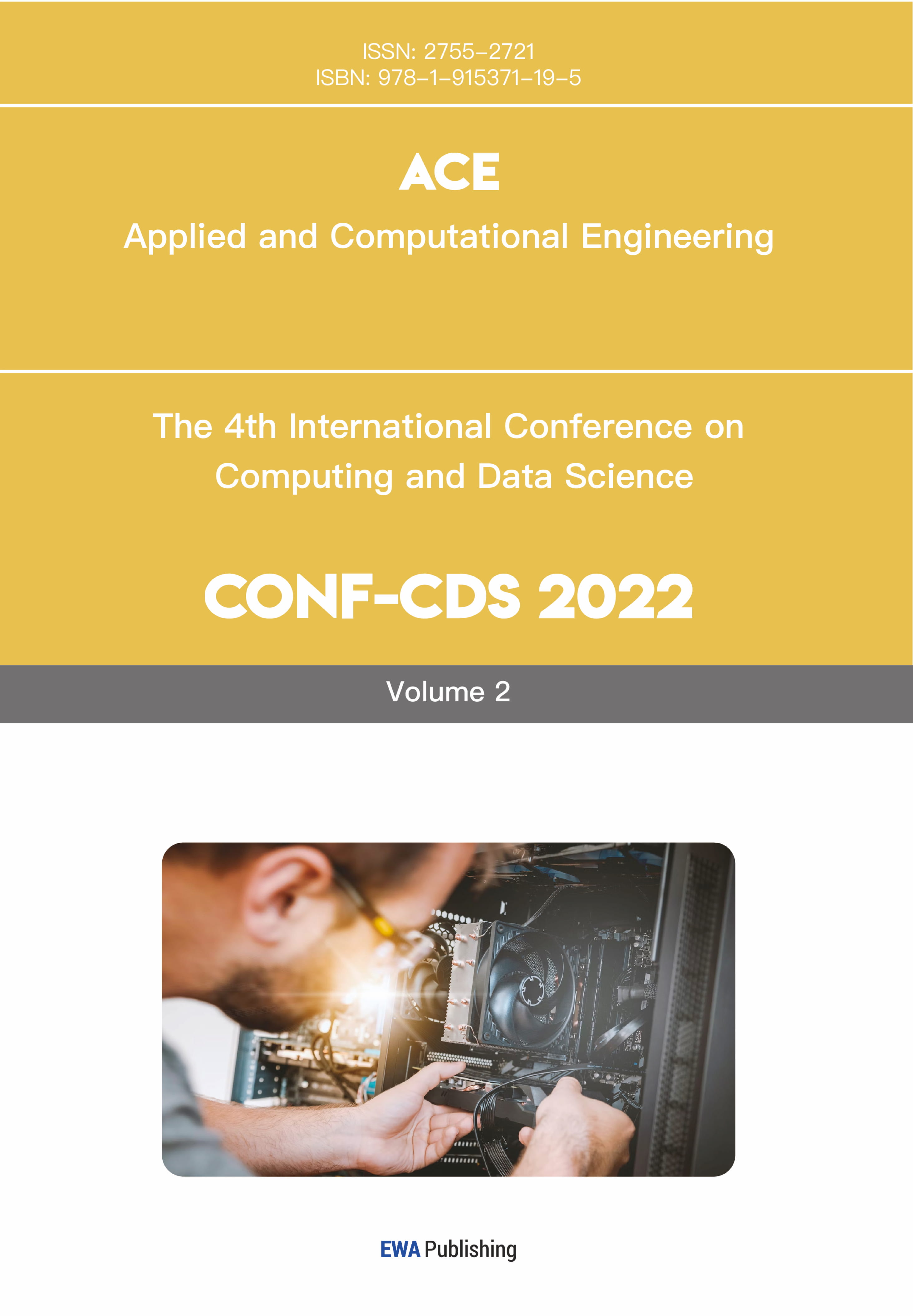References
[1]. Kelly, B. E., Bhattacharya, I., Heidari, H., Shusteff, M., Spadaccini, C. M., & Taylor, H. K. (2019). Volumetric additive manufacturing via tomographic reconstruction. Science, 363(6431), 1075–1079.
[2]. Whyte, D. J., Doeven, E. H., Sutti, A., Kouzani, A. Z., & Adams, S. D. (2024). Volumetric additive manufacturing: A new frontier in layer-less 3D printing. Additive Manufacturing, 84, 104094.
[3]. Madrid-Wolff, J., et al. (2023). A review of materials used in tomographic volumetric additive manufacturing. MRS Communications.
[4]. Bhattacharya, I., Toombs, J., & Taylor, H. (2021). High fidelity volumetric additive manufacturing. Additive Manufacturing, 47, 102299.
[5]. Rackson, C. M., et al. (2021). Object-space optimization of tomographic reconstructions for additive manufacturing. Additive Manufacturing, 48, 102367.
[6]. Orth, A., et al. (2025). Automatic exposure volumetric additive manufacturing. Advanced Materials Technologies.
[7]. Optica Publishing Group. (2025). Optica.org. https: //opg.optica.org/oe/fulltext.cfm?uri=oe-31-4-5531& id=525685
[8]. Readily3D. (2018). Readily3D. https: //readily3d.com/bioprinter (accessed Jul. 20, 2025).
[9]. Pazhamannil, R. V., Hadidi, H. M., & Puthumana, G. (2022). Development of a low‐cost volumetric additive manufacturing printer using less viscous commercial resins. Polymer Engineering & Science.
[10]. Álvarez-Castaño, M. I., et al. (2025). Holographic tomographic volumetric additive manufacturing. Nature Communications, 16(1).



